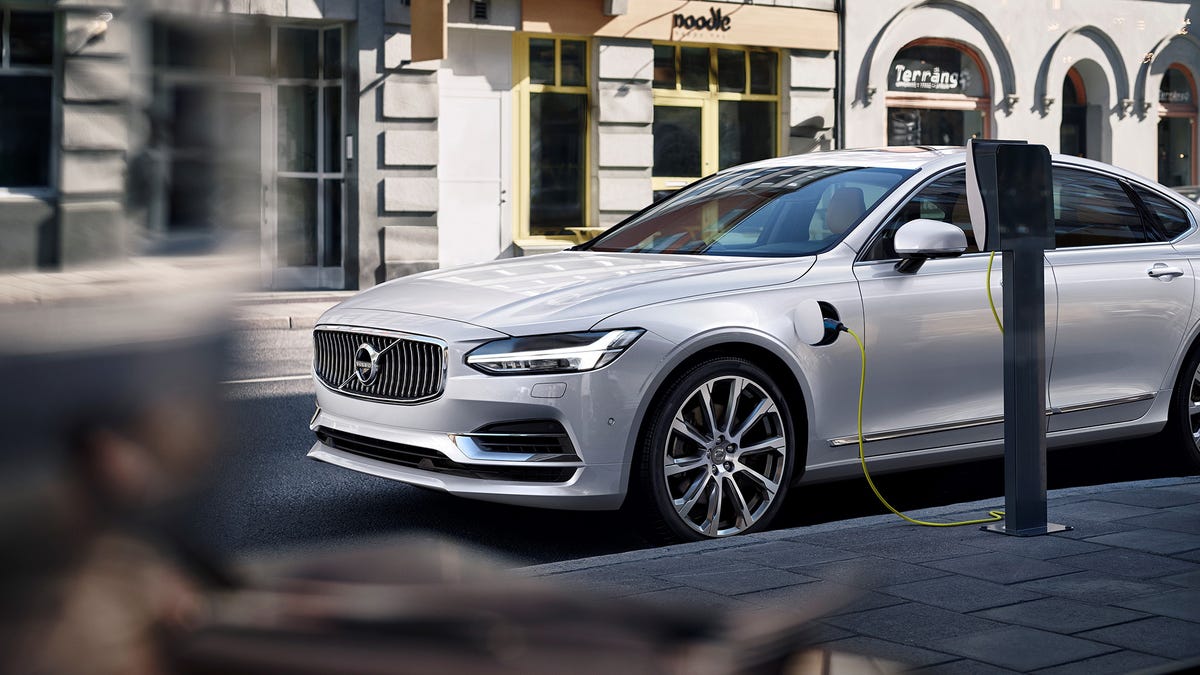Volvo puts weight behind a single charging standard for all EVs
The automaker believes EV adoption is being held back in part by competing charging standards.

If your car needs gas, you don't need to hunt down a station with a pump that fits your vehicle. It would stand to reason that charging an electric car should be no different, especially if we're touting them as the future of the automobile. Volvo agrees, and thinks it's time we create a single standard charging port for all electric vehicles.
Volvo's putting its weight behind the Charging Interface Initiative, which is a group devoted to creating a unifying charging standard for all future electric vehicles, be they plug-ins or full battery-electrics.
"The charging infrastructure is not quite there yet," said Dr. Peter Mertens, Volvo's SVP of research and development. "To really make range anxiety a thing of the past, a globally standardized charging system is sorely needed."
The initiative's solution is the Combined Charging System, a charger that offers both standard and fast charging capabilities, to a current maximum of 200 kilowatts (DC) with a potential max of 350 kW in the future. Right now, a 120-kW DC fast charger like Tesla's Supercharger can provide 60 or so miles of range in about 10 minutes.
Of course, this would also require automakers to all adopt the same standard, which is not necessarily an easy task. After all, plenty of money has already been spent on our current, one-size-doesn't-fit-all charging infrastructure, and that doesn't even take into account the wide variety of third-party companies setting up chargers across the country.
But to truly align EV and gas-powered ownership experiences, thereby increasing the likelihood of EV adoption, it would require making them as similar as possible. The charger seems like a weak point in the current strategy.

